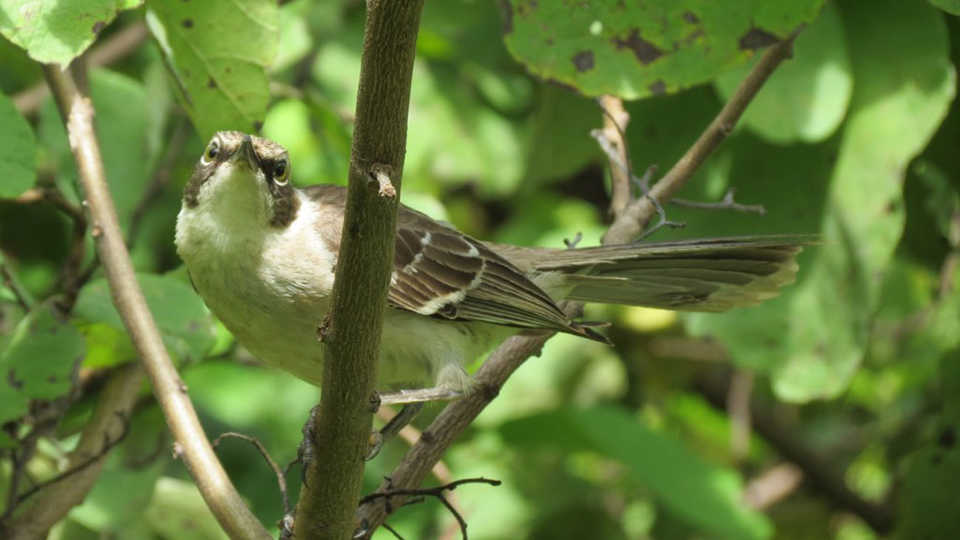The Galápagos Islands are an archipelago consisting of sixteen volcanic islands located 600 miles west of Ecuador in the Pacific Ocean. They formed about 4 million years ago when a series of underwater volcanoes erupted, spewing up magma that cooled to form the cone-shaped islands. When the islands first formed they were devoid of life, but over time animal and plant species colonized them, producing the ecological communities that exist there today.
If you traveled to the islands today, you would certainly hear about the Galápagos mockingbirds, renowned for influencing Charles Darwin’s conception of the theory of natural selection. There are four species in the Galápagos mockingbird genus (Nesomimus). All are endemic to the Galápagos Islands, meaning they are native to these islands and found nowhere else in the world.
Common names:
Galápagos mockingbird
Española mockingbird
San Cristóbal mockingbird
Floreana mockingbird
Scientific names:
Nesomimus parvulus
Nesomimus macdonaldi
Nesomimus melanotis
Nesomimus trifasciatus
Whereas natural selection is one mechanism that works to change characteristics of a certain lineage over time, speciation is the change that results in a lineage actually diversifying into two or more distinct lines. With speciation, changes have occurred to such an extent that populations are no longer breeding, and we can distinguish these organisms as species distinct from each other.
Speciation requires genetic variation just as in natural selection, but often occurs due to populations becoming isolated from one another. Populations may be isolated ecologically, such as those that occupy different niches, competing for different resources at different times in different places. A bird that eats seeds on the ground during the day is not likely to cross paths with one that forages for insects in the treetops at dusk, so they will seldom meet to swap genes. Populations may also be isolated geographically, via separation by landforms, vegetations, or bodies of water. In an archipelago, meeting individuals on your own island to reproduce is less risky than flying between islands each mating season.
Current scientific studies suggest that a single ancestor in the broader mockingbird family (Mimus) colonized the islands several million years ago. Over many generations, groups of mockingbirds either flew or where dispersed by wind to other islands. Being subjected to new environments and competing with others for particular resources, the immigrants adapted via natural selection to their new home. Eventually, the distance between mockingbird populations helped solidify the speciation process. It has been suggested that the prevailing winds in the region, which blow from the southeast to the northwest, influenced mockingbird diversification by dispersing birds to the northwest. Evidence from the branching diagram supports this argument: the birds on the southeast islands are older than those currently inhabited the northwest areas, as shown by a node positioned farther back in time.
To brush up on how to read an evolutionary tree, visit the Understanding Evolution website.



